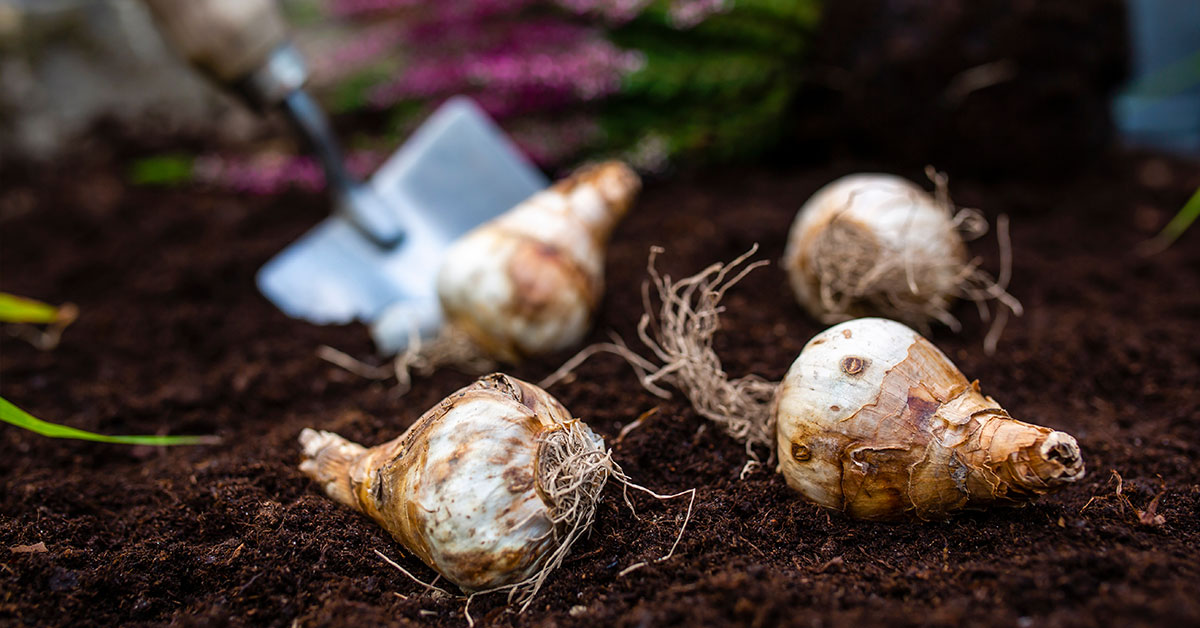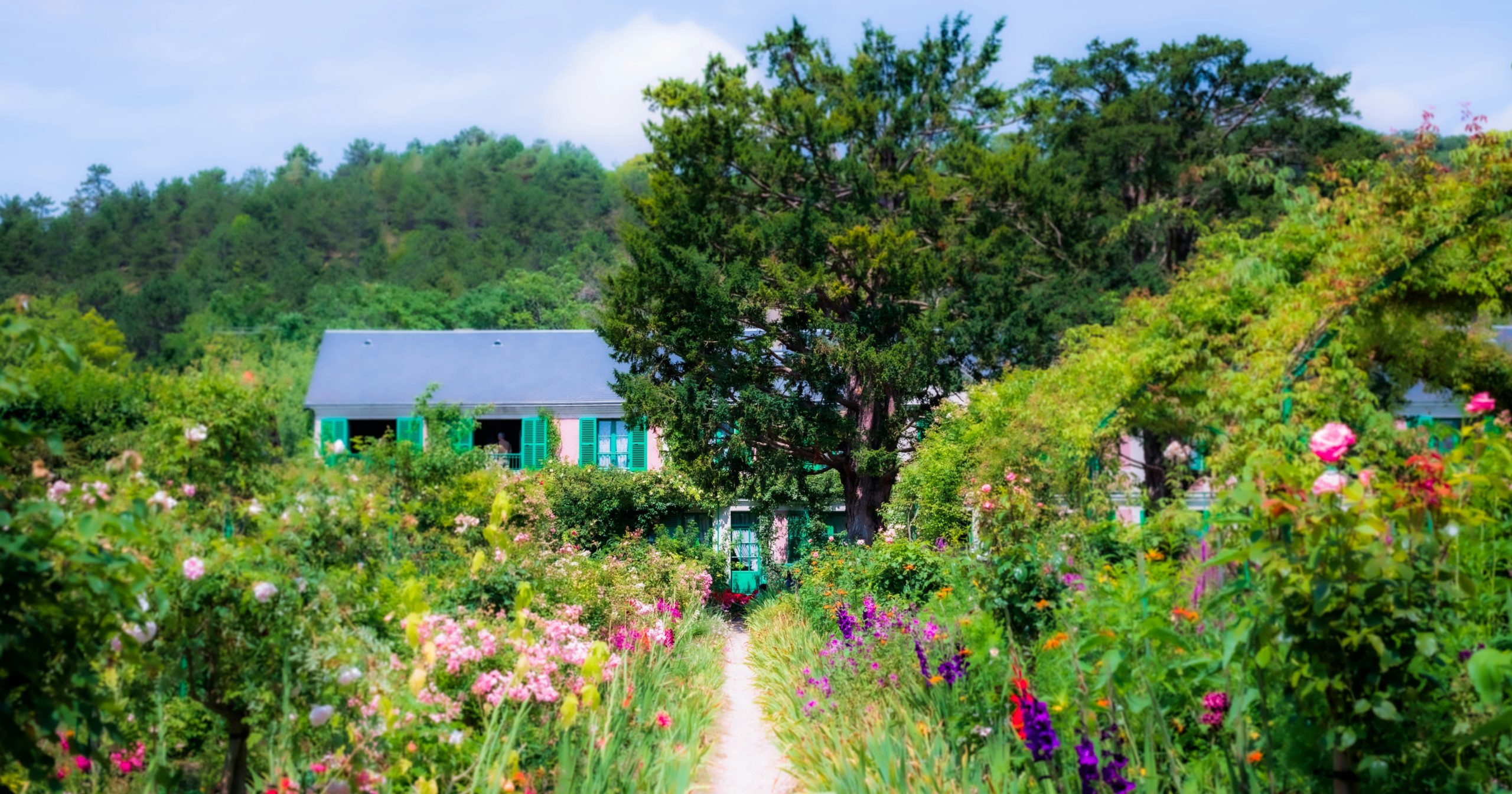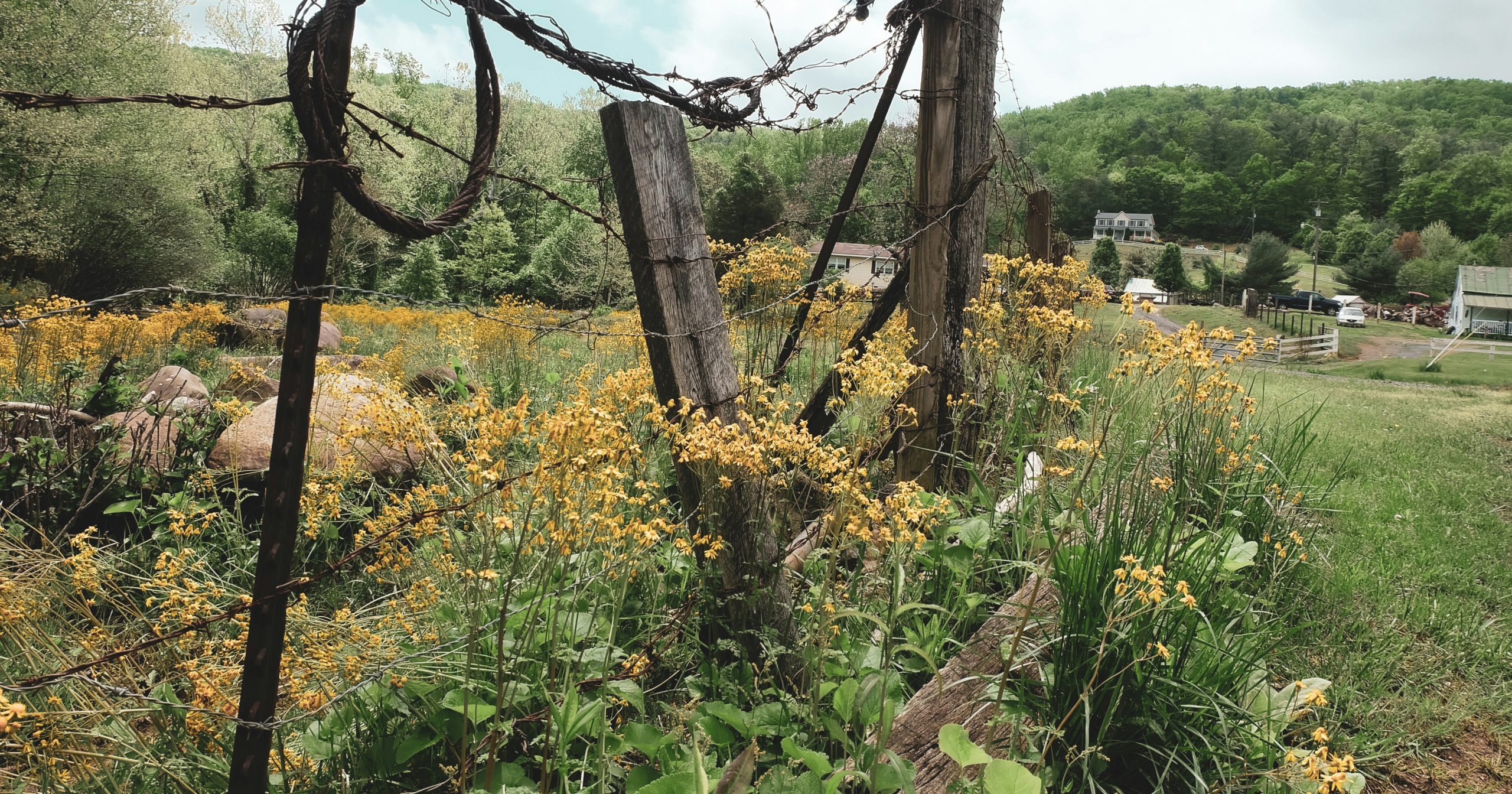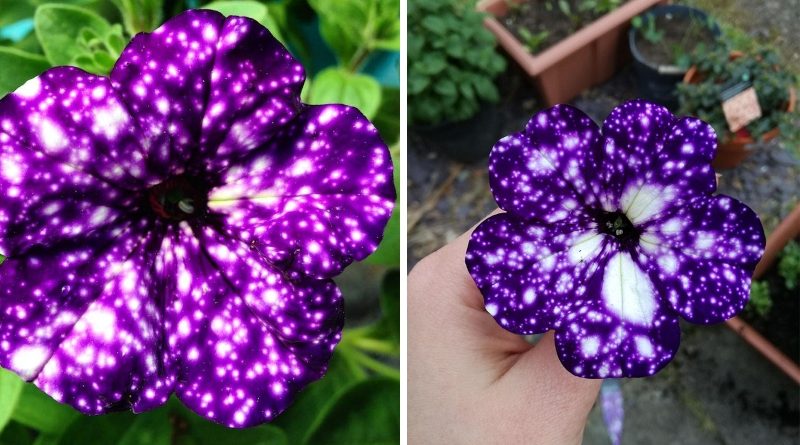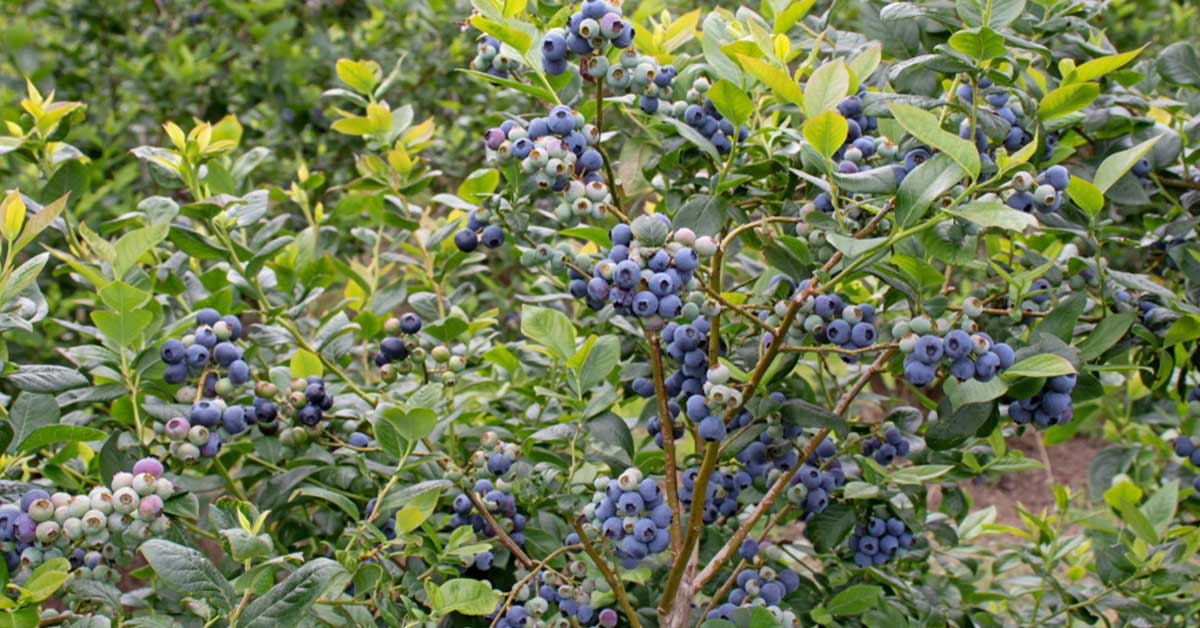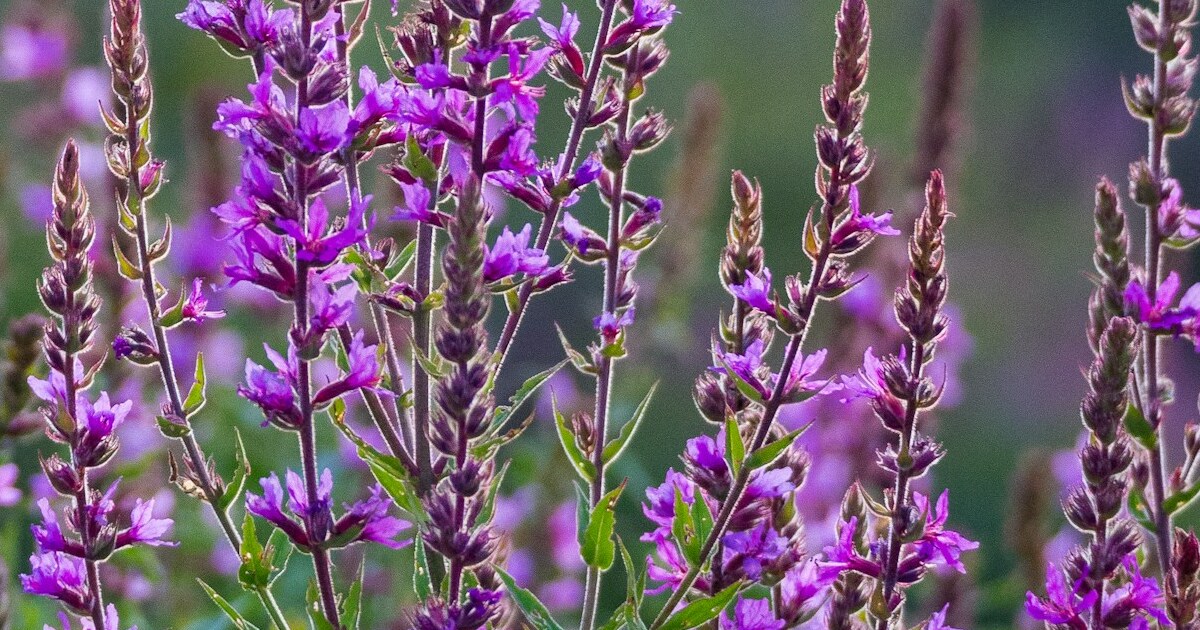As the days grow shorter and the temperatures start to drop, gardeners across the United Kingdom are eagerly preparing for the upcoming spring season. Among the many beautiful flowers that grace our gardens, daffodils stand out as a symbol of renewal and vibrant color. In this article, we will explore the best time to plant daffodil bulbs in the UK, taking into account factors such as weather conditions, soil preparation, and the unique climatic considerations of different regions.
Whether you are a seasoned gardener or a novice enthusiast, join us as we delve into the world of daffodils and discover the optimum time to bring these sunny flowers to life in your garden.
Best daffodil bulbs to plant in the UK
There are many beautiful varieties of daffodil bulbs that do well in the UK. Here are a few popular and reliable choices:
- ‘King Alfred’ – This is a classic large-flowered daffodil with vibrant yellow petals and a trumpet-shaped center. It is one of the most well-known and widely-grown varieties.
- ‘Tête-à-Tête’ – A miniature daffodil, ‘Tête-à-Tête’ produces clusters of small yellow flowers. It is perfect for borders, pots, and rockeries.
- ‘Jetfire’ – This variety features bright yellow petals and a deep orange-red trumpet. It adds a splash of color to any garden.
- ‘Thalia’ – A graceful and elegant daffodil, ‘Thalia’ has pure white petals with a small yellow center. It looks stunning when planted in clusters or mixed with other daffodil varieties.
- ‘Ice Follies’ – With creamy white petals and a large yellow cup, ‘Ice Follies’ is a popular choice for its unique and striking appearance.
- ‘Minnow’ – Another miniature daffodil, ‘Minnow’ has pale yellow petals and a small orange trumpet. It looks charming when planted in large groups.
- ‘February Gold’ – As the name suggests, ‘February Gold’ is an early bloomer, often flowering as early as February. It has bright yellow petals and a small orange-yellow cup.
These are just a few examples, and there are many other varieties to explore. When choosing daffodil bulbs, consider factors like bloom time, height, and your personal preference for colors and flower shapes.
When to plant daffodil bulbs in the UK
In the United Kingdom, the Royal Horticultural Society (RHS) has divided the country into several hardiness zones based on the average minimum winter temperatures. These zones range from H1 to H7, with H1 being the mildest and H7 the coldest. Understanding the hardiness zones is crucial when determining the best time to plant certain plants, including daffodil bulbs.
Daffodils are generally quite hardy and can tolerate a range of temperatures. In the UK, they are well-suited for planting in most regions. The best time to plant daffodil bulbs in the UK is during the autumn season, specifically between September and November. This allows the bulbs to establish their root systems before the cold winter months.
Ideally, you should plant daffodil bulbs when the soil temperatures are cooler, but not yet frozen. This ensures that the bulbs have enough time to develop strong roots before the onset of winter. Planting too early in the summer may result in early sprouting, which can be detrimental to the plant’s overall health.
It’s important to note that daffodils prefer well-draining soil and require a sunny or partially shaded location to thrive. Before planting, prepare the soil by adding organic matter, such as compost or well-rotted manure, to improve its fertility and drainage.
To plant the bulbs, dig a hole that is approximately three times the depth of the bulb itself. Place the bulb in the hole, with the pointed end facing upwards, and cover it with soil. Space the bulbs a few inches apart to allow for proper growth and expansion.
After planting, water the bulbs thoroughly to ensure that the soil is evenly moist. During the winter months, daffodil bulbs are generally dormant and do not require much water. However, if the weather is exceptionally dry, a light watering every few weeks can help sustain the bulbs until spring.
Once spring arrives, daffodils will start to emerge and bloom, adding a burst of vibrant color to your garden. After flowering, allow the foliage to die back naturally. This process helps nourish the bulb for the following year’s growth. Avoid cutting or removing the foliage until it has turned yellow or brown.
In summary, the best time to plant daffodil bulbs in the UK is during the autumn months, between September and November. By considering the hardiness zones and following proper planting techniques, you can enjoy the beauty of daffodils as they herald the arrival of spring.
Other considerations
When growing daffodil bulbs in the UK, there are several other considerations to keep in mind:
- Soil: Daffodils prefer well-draining soil that is rich in organic matter. Sandy loam or loamy soil is ideal. If your soil is heavy clay, consider improving it with compost or well-rotted manure to enhance drainage.
- Sunlight: Daffodils thrive in full sun or partial shade. Ensure they receive at least 6 hours of direct sunlight each day for optimal growth and flowering.
- Planting depth: Daffodil bulbs should be planted at a depth that is approximately three times their own height. This usually means planting them about 10-15 cm (4-6 inches) deep.
- Planting distance: Space daffodil bulbs about 10-15 cm (4-6 inches) apart to allow enough room for them to grow and spread. This spacing also helps prevent overcrowding, which can lead to poor flowering.
- Watering: Daffodils are generally drought-tolerant once established, but they still require regular watering during their active growth periods in autumn and spring. Keep the soil moist, but not waterlogged, to prevent rotting of the bulbs.
- Fertilization: Daffodils benefit from a balanced fertilizer applied in early spring, just as the foliage emerges. Use a slow-release granular fertilizer or a liquid fertilizer diluted according to the package instructions. Avoid over-fertilization, as it can lead to excessive foliage growth at the expense of flower production.
- Mulching: Apply a layer of organic mulch, such as wood chips or compost, around the daffodil bulbs. Mulching helps retain moisture, suppress weeds, and regulate soil temperature.
- Deadheading: Once daffodil flowers fade, it’s important to remove the spent blooms. This prevents the plants from redirecting energy to seed production and encourages them to store energy in the bulbs for the next season.
- After flowering care: Allow the daffodil foliage to die back naturally after flowering. Do not cut it back until it turns yellow and withers completely. The dying foliage provides nutrients to the bulbs for next year’s growth.
By considering these factors, you can ensure successful daffodil growth and a beautiful display of flowers in your UK garden.
